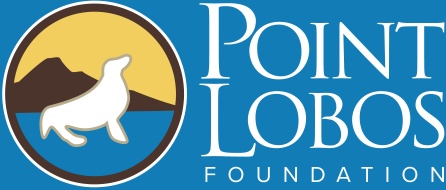The Point Lobos Foundation supports restoration efforts at Point Lobos State Natural Reserve to address impacts made by both human and environmental causes to the natural habitat. In recent years, projects such as the South Short Bluff Restoration and the restoration of lower Sea Lion Point have served to restore important habitats at Point Lobos State Natural Reserve.

